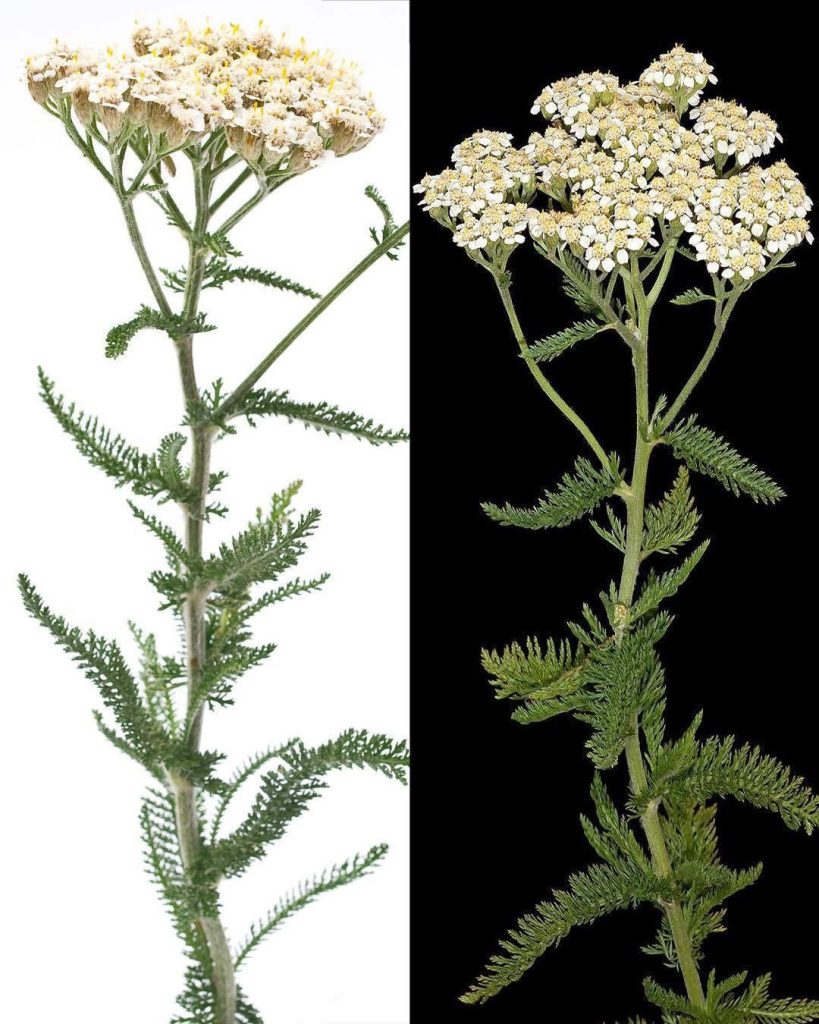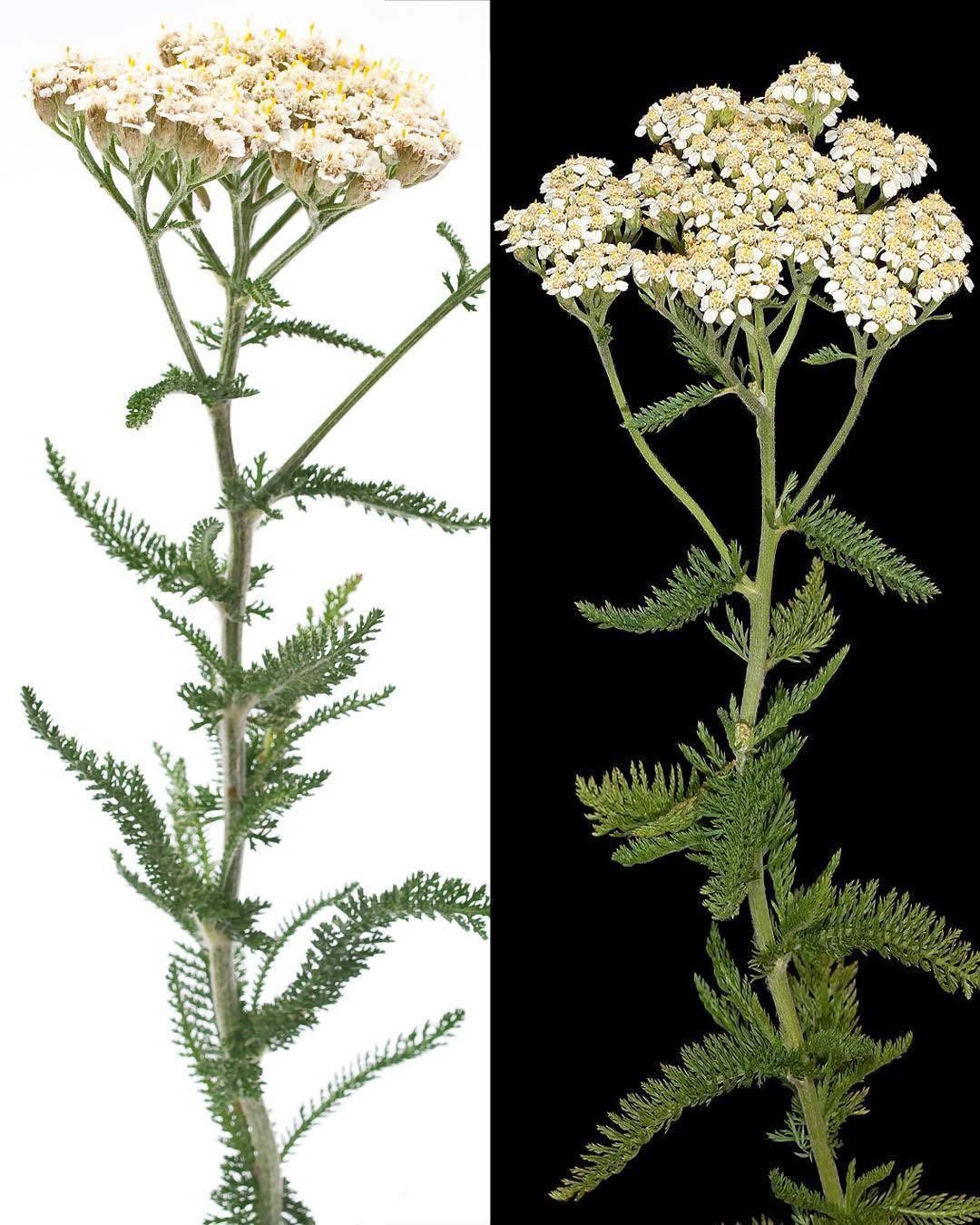Yarrow (Achillea millefolium): A Detailed Guide with History, Uses, Benefits, and More

Introduction**
Yarrow (Achillea millefolium) is a perennial flowering herb belonging to the Asteraceae family. Its feathery, fern-like foliage and tiny white flowers have been admired for centuries, not only for its beauty in the garden but also for its remarkable healing properties. Known for its resilience, yarrow thrives across Europe, Asia, and North America, earning a rich place in traditional medicine and folklore.
Historical Background**
The genus name Achillea is derived from the Greek hero Achilles. Legend has it that he used yarrow to stop his soldiers’ bleeding wounds during the Trojan War — a testament to its long-standing role as a natural antiseptic and healing herb. Throughout European and Native American history, yarrow was also used for colds, fevers, digestive issues, and wound healing.
Key Constituents and Active Formation**
Yarrow contains an impressive list of medicinal constituents:
- Flavonoids — powerful antioxidants
- Alkaloids — including achilleine, which supports blood clotting
- Volatile oils — like chamazulene, giving yarrow its anti-inflammatory and antiseptic properties
- Tannins — responsible for its astringent effects
- Bitter compounds — that promote healthy digestion and appetite
Methods of Use and Preparation**
Yarrow Tea:**
Steep 1–2 teaspoons of dried yarrow in hot water for 10–15 minutes. Strain and drink up to three times daily to:
- Reduce fever and cold symptoms
- Soothe gastrointestinal discomfort
Yarrow Tincture:**
Fill a jar halfway with chopped, dried yarrow flowers and top with vodka or brandy. Let it sit for 4–6 weeks. Use 1–2 ml up to three times a day to:
- Support digestion
- Ease inflammation
- Support wound healing internally
Yarrow Poultice:**
Crush fresh yarrow leaves into a paste. Apply directly to wounds or insect bites to:
- Stop bleeding
- Reduce infection
- Ease swelling and pain
Yarrow Infused Oil or Salve:**
Cover dried yarrow in olive oil and warm gently for 4–6 hours. Blend with beeswax to make a salve for:
- Bruises
- Minor burns
- Dry or chapped skin
Benefits**
Wound Healing** — Promotes rapid clotting and reduces bleeding.
Digestive Support** — Bitter principles help bile flow and soothe stomach cramps.
Anti-inflammatory** — Reduces pain and swelling in infections and injuries.
Immune Support — Diaphoretic properties make it ideal for colds and fevers.
Menstrual Relief — Can ease cramps and regulate irregular periods.
Yarrow and Its Lovers**
People who appreciate herbal medicine admire yarrow as one of the most versatile first-aid herbs. Herbalists treasure it as a must-have in their apothecary. Gardeners love it for its low-maintenance beauty and its power to attract pollinators like bees and butterflies. Even modern skincare aficionados are turning to yarrow-infused products for their gentle, natural healing touch.
Nutrition and Chemical Formation**
Yarrow contains vitamins A, C, and E and minerals like iron, potassium, and calcium, supporting overall health. Its essential oils and tannins contribute to its bitter taste, which signals the liver and stomach to work efficiently, aiding in nutrient absorption and boosting immunity.
Conclusion**
From ancient battlefields to modern gardens and apothecaries, yarrow is a symbol of resilience and healing. Its rich history, diverse medicinal properties, and easy-growing nature make it one of the most valuable herbs for anyone interested in natural remedies. Whether you brew a simple tea or craft a healing balm, yarrow is an herb that truly earns its legendary status — bringing centuries of tradition into your hands and heart.
